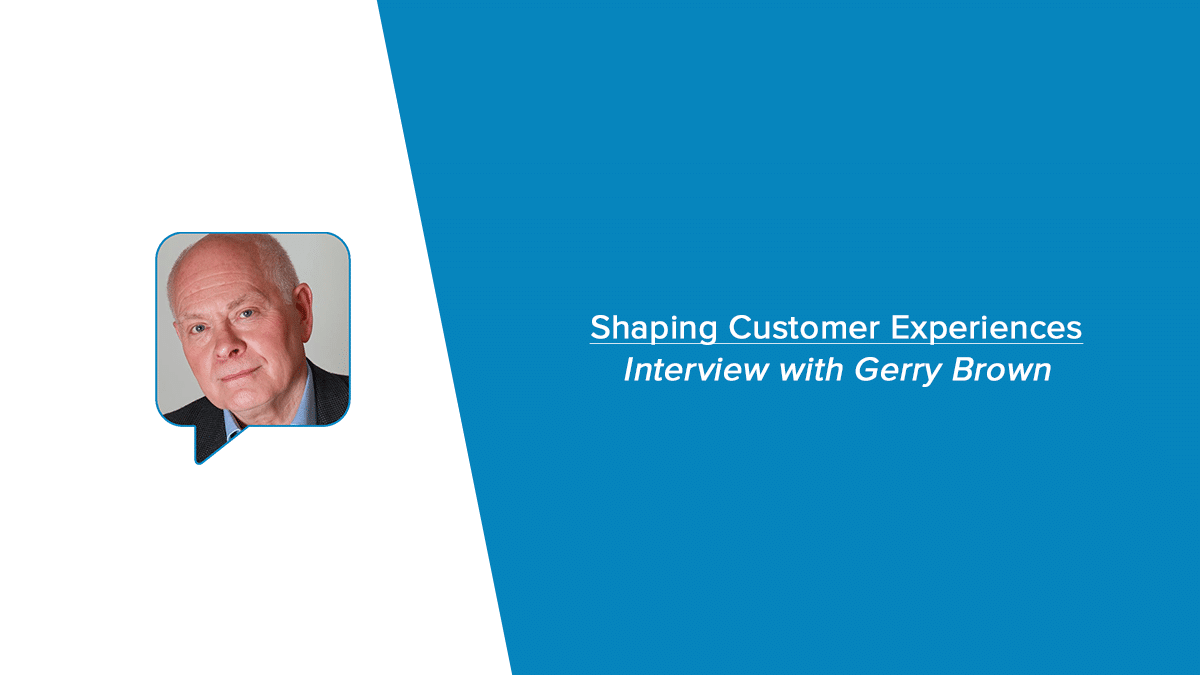
When we talk about employee experience initiatives from the perspective of a technology provider, it is nearly always in the context of success. Tools will change the way we work. New processes and workflows will improve productivity. Technology will save us.
And indeed technology can drastically improve the quality of an employee’s experience. But a quick three point strategy might feel unmerited to those who have been a part of a digital transformation initiative that didn’t quite live up to expectations. The challenge is that, given the unique nature of every organization, there is no failsafe model for digitally transforming the employee experience. Each ecosystem is unique.
I’m reminded of a scene from the original Jurassic Park, where Jeff Goldbum’s brilliant mathematician character explained his approach to probability. As he poured water down the hand of a Paleontologist played by Laura Dern, he explained the intricacies of Chaos Theory. He explained that every permutation, flaw, etc.ct completely alters the path the water takes, reshaping the results expected each time water was poured.
Does this mean expect failure or let what happens happen? No. It simply means there must be more awareness of the intricacies of the process that guides strategy. Today’s digitally transformed employee experience initiatives require collaboration across functional areas, knowledge of trends in where and how people work, understanding of the tools used across the conversation, and many, many more points of analysis unique to each organization.
The following articles are less a roadmap and more guideposts for how to think about shaping your upcoming initiatives — including one that examines failure directly.
Why digital workplace initiatives are failing
A new report shows that the majority of digital workplace initiatives will fail to establish new ways of working through 2021. TechRepublic’s Karen Roby talked with Carol Rozwell, an analyst with Gartner, about the findings.
https://www.techrepublic.com/article/why-digital-workplace-initiatives-are-failing/
The Future of Work is Distributed, But Not Easy. One Company Shares Their Playbook.
“In the recent past, fully distributed workforces… were largely novelties confined to early stage startups and gig workers. However, today we’re seeing the undisputed rise of highly successful — and highly valued — companies like Zapier, Automattic, InvisionApp, and Auth0… that are hiring the most talented teams wherever they live and in so doing are managing to grow, scale and thrive with fully distributed workforces.”
https://www.forbes.com/sites/karanmehandru/2019/08/08/distributedteams/#576861027339
HR Must Reinvent the Employee Experience to Drive Agility
We find that real organizational agility is in awfully short supply. Gallup’s recent research in the U.S. shows that few employees feel that their organization is agile (and, alarmingly, those few employees are far more likely than everyone else to think their company is ahead of its competitors and feel confident in the organization’s financial future).
https://www.gallup.com/workplace/259988/reinvent-employee-experience-drive-agility.aspx?pix=111_0_0
To learn more about how a single cloud communications platform can boost both employee and customer engagement, leading to increases in customer satisfaction and business profitability, read this ebook.
Originally published Aug 28, 2019, updated Jan 30, 2023




